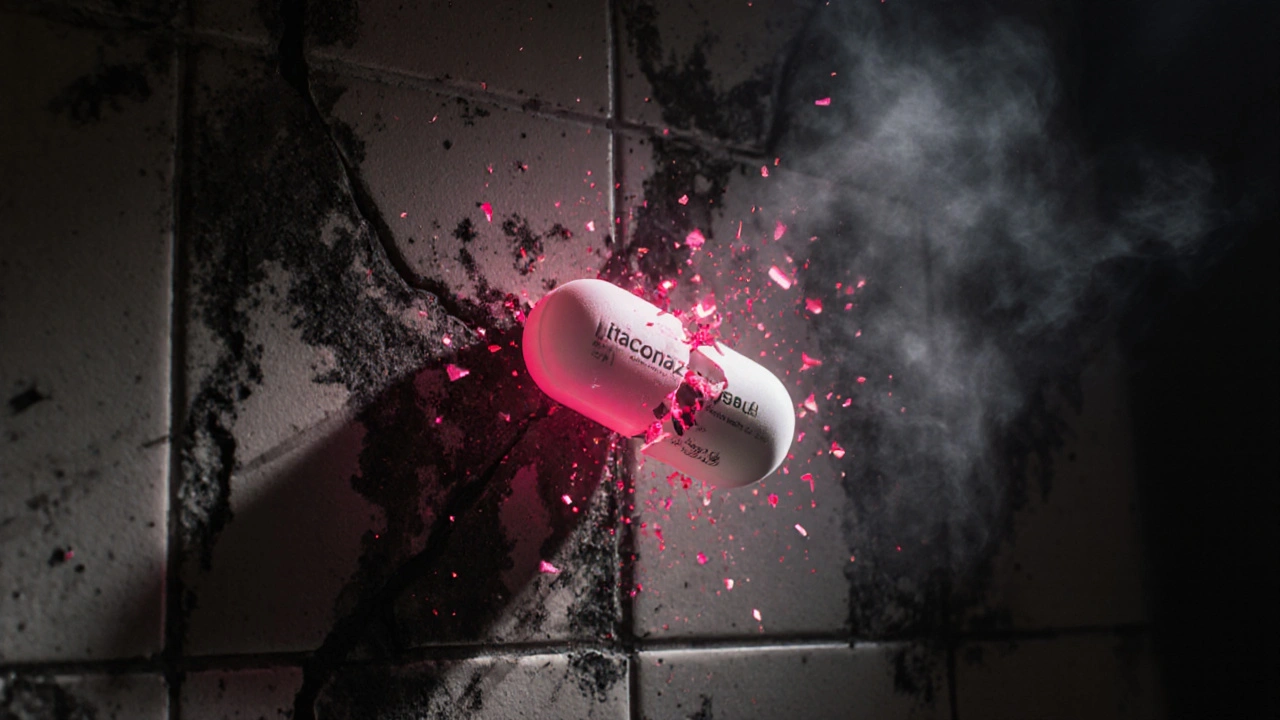When it comes to fungal growth control, the process of preventing or stopping harmful fungi from spreading on skin, nails, or mucous membranes. Also known as antifungal treatment, it’s not just about creams or pills—it’s about understanding what’s causing the infection and choosing the right tool for the job. Fungi don’t just show up out of nowhere. They thrive in warm, damp places: between your toes, under your nails, or even in folds of skin. Left unchecked, they cause itching, redness, flaking, and sometimes serious discomfort. Many people reach for over-the-counter antifungals without knowing how they work—or if there’s a safer, just-as-effective option.
Fenticonazole, a topical antifungal used to treat vaginal and skin yeast infections. Also known as Lomexin, it’s one of the stronger options available without a prescription in many countries works by breaking down the fungal cell wall. But it’s not the only one. Other antifungals like clotrimazole, miconazole, and terbinafine do similar jobs with different side effect profiles. Some people respond better to one than another. And then there are natural options—tea tree oil, coconut oil, and even probiotics—that show promise in early studies, especially for mild cases. The key isn’t just killing the fungus; it’s stopping it from coming back. That means keeping skin dry, changing socks daily, avoiding tight synthetic fabrics, and sometimes even treating your shoes.
What you’ll find in the posts below isn’t a list of random products. It’s a real-world guide built from people who’ve been there. You’ll see how fenticonazole stacks up against other antifungal creams, what side effects to watch for, and which alternatives actually deliver without the burn or sting. Some posts compare prescription-strength options with OTC ones. Others break down why certain treatments fail for some people but work wonders for others. You’ll also find tips on preventing recurrence, spotting early signs of resistance, and when to skip the cream and see a doctor. This isn’t theory. It’s what works—and what doesn’t—based on real experience and medical evidence.
